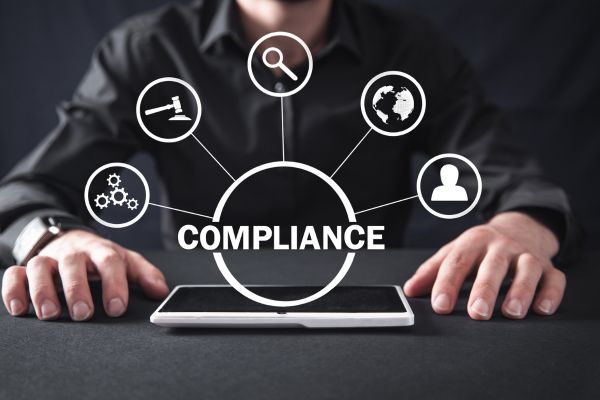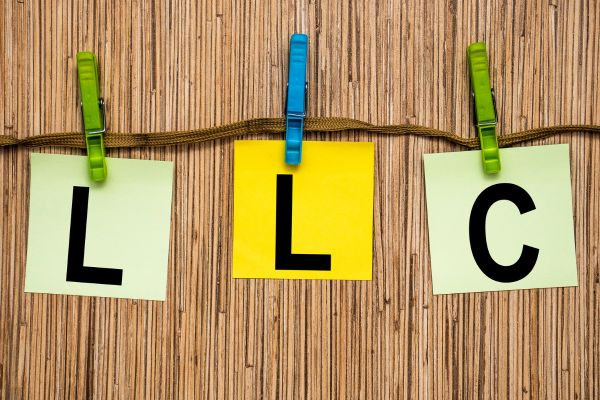Let’s be real — HR compliance can feel like trying to juggle flaming torches while riding a unicycle. Between labor laws, employee rights, and never-ending paperwork, it’s easy for things to slip through the cracks. But here’s the thing: ignoring HR compliance isn’t just risky — it can seriously hurt your business. That’s why having a solid HR compliance checklist isn’t just nice to have, it’s essential.
In this guide, we’ll break down what an HR compliance checklist is, why it matters, and what you should include to keep your organization in the clear (and your sanity intact).
Understanding What an HR Compliance Checklist Really Means
Before diving in, let’s get one thing straight: HR compliance isn’t just about ticking boxes. It’s about building trust, protecting employees, and creating a fair workplace.
An HR compliance checklist is basically your roadmap to staying on the right side of labor laws and regulations. It outlines all the policies, processes, and documentation your business needs to follow — from hiring practices and payroll to workplace safety and termination procedures.
You could think of it as your HR team’s safety net — one that ensures every rule is respected and every employee is treated fairly.
Why Every Business Needs an HR Compliance Checklist
If you’re wondering, “Do I really need one?” — the short answer is yes. Whether you run a small startup or a big corporation, HR compliance is non-negotiable.
Here’s why: without an HR compliance checklist, even a minor oversight can spiral into legal trouble. We’re talking lawsuits, fines, and reputation damage — things no business wants to deal with.
But when you follow a structured checklist, you’re not just protecting your company; you’re creating a culture of transparency and accountability. Employees feel safer, processes run smoother, and management has peace of mind knowing everything’s in order.
Key Areas Your HR Compliance Checklist Should Cover
Let’s walk through the major areas every HR compliance checklist should include. This isn’t an exhaustive list (laws differ depending on your location), but it’ll give you a strong foundation to build on.
Hiring and Onboarding
This is where it all starts. Your HR compliance checklist should ensure that hiring practices are free from discrimination and follow local employment laws. Make sure job postings, interviews, and background checks comply with Equal Employment Opportunity (EEO) standards.
Once someone’s hired, onboarding is your chance to set the tone. Provide all necessary paperwork, explain workplace policies, and make sure new employees understand their rights and benefits.
Employee Classification and Payroll
Let’s be honest — this is where a lot of businesses mess up. Misclassifying employees (as contractors, for example) can lead to major legal headaches. Your HR compliance checklist should clearly define each worker’s employment status and ensure payroll taxes, overtime, and deductions are handled correctly.
Also, don’t forget to keep accurate time records. It’s not just good practice — it’s the law.
Workplace Policies and Training
Policies are the backbone of any compliant workplace. You’ll want to include anti-harassment policies, equal opportunity statements, and workplace conduct guidelines.
But here’s the kicker: policies alone aren’t enough. Employees need proper training to understand them. Regular workshops or e-learning modules can go a long way toward ensuring compliance.
Health and Safety Standards
Workplace safety isn’t just for factories or construction sites — every workplace has risks. Your HR compliance checklist should include safety training, emergency protocols, and compliance with OSHA (or your local safety authority) regulations.
Keeping an updated record of incidents and safety inspections shows you’re serious about protecting your people.
Employee Benefits and Leave
Benefits might seem like a nice perk, but they’re often legally required. Think healthcare, retirement plans, paid leave, and family medical leave. Your HR compliance checklist should make sure every benefit complies with relevant labor laws.
Also, it’s crucial to handle leave requests — especially medical or maternity leave — with care and consistency. Mishandling them can quickly turn into a legal issue.
Recordkeeping and Documentation
If it’s not documented, it didn’t happen — at least in the eyes of the law. Keep records of everything: hiring forms, tax documents, disciplinary actions, and termination letters.
Your HR compliance checklist should specify how long to keep each document, since retention laws can vary. Storing them securely also protects sensitive employee information.
Termination and Exit Procedures
Nobody loves dealing with employee exits, but doing it wrong can cost you big time. Every HR compliance checklist should include proper procedures for terminations, including final pay, benefits continuation, and documentation of the reason for dismissal.
It’s not just about protecting your company — it’s about treating people with respect, even when they’re leaving.
How to Keep Your HR Compliance Checklist Up to Date
Here’s the tricky part: compliance laws change all the time. What was compliant last year might not be today. So your checklist should never be a “set it and forget it” thing.
Review it regularly — quarterly if possible — and stay informed about new labor laws or HR regulations. You can subscribe to HR newsletters, follow legal updates, or even consult an HR compliance expert if things get complex.
And don’t underestimate the power of technology. HR software can help automate tasks like tracking employee documents, managing payroll, and monitoring policy updates. It’s not a replacement for human oversight, but it can save you a ton of time.
Common Mistakes to Avoid
Even with the best intentions, compliance slip-ups happen. Some of the most common?
Forgetting to update employee handbooks, missing deadlines for tax filings, or not documenting disciplinary actions properly. Another big one is inconsistency — treating one employee differently from another can land you in hot water fast.
Your HR compliance checklist should include periodic audits to catch these issues early. A little attention now can save a major headache later.
Building a Culture of Compliance
At the end of the day, compliance isn’t just about policies or paperwork — it’s about people. When employees understand the “why” behind the rules, they’re more likely to follow them.
Make compliance part of your company culture. Encourage open communication, allow questions, and lead by example. Because when everyone feels responsible for doing things the right way, compliance becomes second nature.
Final Thoughts
Keeping up with HR compliance might sound like a never-ending chore, but with a solid HR compliance checklist, it’s totally manageable. The key is to stay proactive, stay informed, and never treat compliance as a one-time task.
When you build your checklist thoughtfully and revisit it often, you’re not just avoiding fines — you’re creating a safer, fairer, and more transparent workplace. And honestly, that’s good for everyone.
So, take a deep breath, review your HR compliance checklist, and make sure your business is set up for long-term success — legally and ethically.


